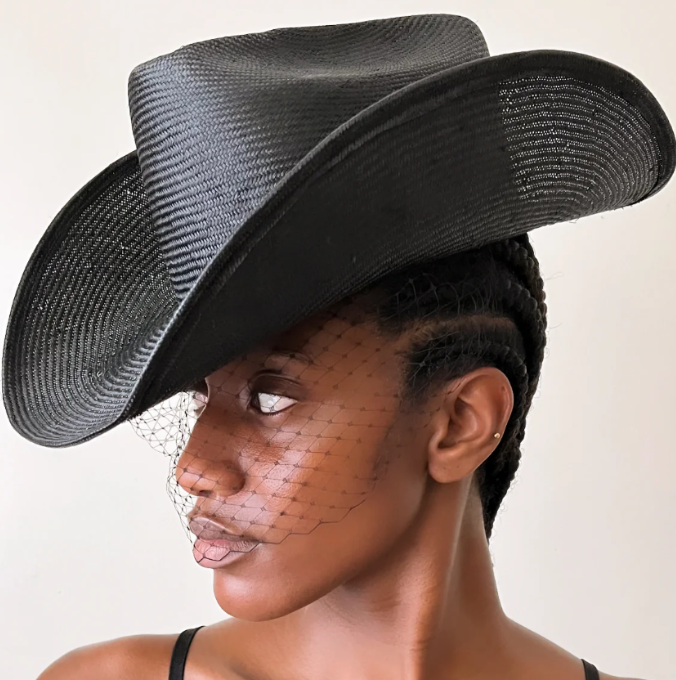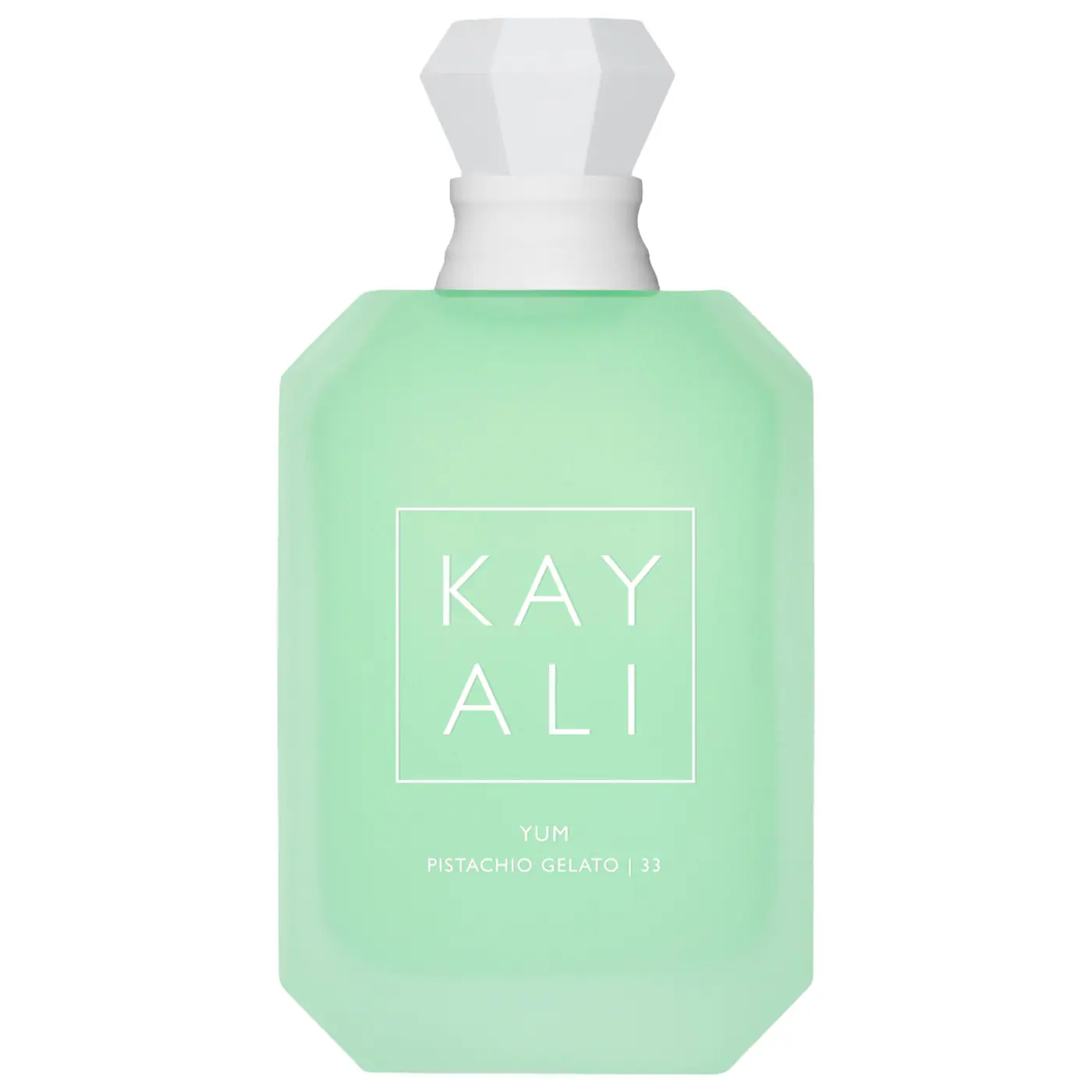
Jean-Michel Basquiat left behind enough artwork before his untimely death in 1988 to be remembered forever as one of the greatest painters of the 20th century. Uniqlo emblazons T-shirts with his most famous paintings; both Coach and Doc Martens sell merch reproducing his paint strokes on their expensive leather goods; and tattoos of his signature crown adorn the skin of everyone from Zoë Kravitz to this writer.
Everybody wants to claim Basquiat, including different factions from the world of music. To that end, The Broad contemporary art museum in downtown L.A. recently launched a three-part video series—Time Decorated: The Musical Influences of Jean-Michel Basquiat—dedicated to celebrating the impact of jazz, punk, and hip-hop on his art.

The Broad intends to exhibit its collection of 13 Basquiat paintings for the first time since its grand opening six years ago once Covid-19 allows. In the meantime, online, producer-musician Terrace Martin highlights the jazz connections in Basquiat’s artwork in “Jazz and Bebop.” James Spooner, co-founder of the Afropunk Festival, links Basquiat to NYC’s underground downtown music scene in “Punk and No Wave.” And the University of Southern California’s Dr. Todd Boyd narrates The Broad’s longest video segment, “Bebop to Hip-Hop via Basquiat.”
Black excellence remains responsible for every genre of music this country has produced (yes, even punk—see the 2012 documentary, A Band Called Death!), and the sounds of jazz, punk and hip-hop held equal sway in Basquiat’s work during the ’80s. Hip-hop’s Fab 5 Freddy often mentions turning Basquiat on to albums like Jazz at Massey Hall featuring Charlie Parker and Dizzy Gillespie, both of whom appear in the Basquiat painting “Horn Players.”







Any graffiti lover who’s seen the classic documentary Style Wars has watched the closing credits play over “Beat Bop,” a 1983 rap track produced by Basquiat. (The song’s rapper, Rammellzee, shows up in the Basquiat painting “Hollywood Africans.”) And Basquiat’s guest appearance deejaying in Blondie’s “Rapture” video sews up his no-wave clout.
“The series explores the wealth of music references in his paintings, and the themes of justice and resistance inseparable from those references,” says Broad museum director Joanne Heyler.
On the east coast in October, Boston’s Museum of Fine Arts launched Writing the Future: Basquiat and the Hip-Hop Generation (closing May 16) as a testament to his connection with NYC’s post-graffiti movement of the 1980s. Programming challenges continue for galleries all around the world in this never-ending coronavirus moment, but the Broad’s Basquiat video series is a socially distanced must-see.






